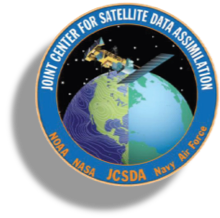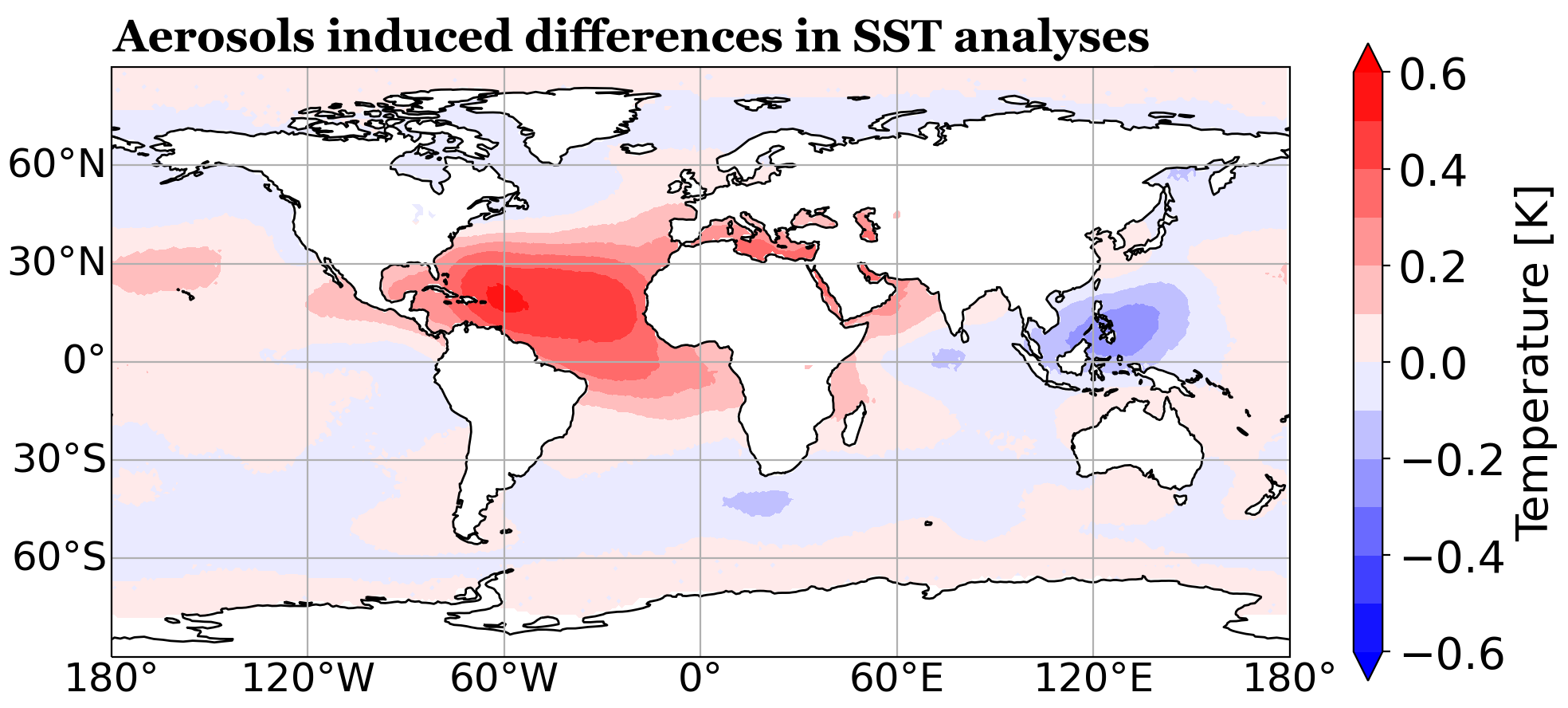This Thursday, March 18th at 1:00 pm MT, the DTC and JCSDA are jointly hosting a seminar presented by Shih-Wei Wei from the Atmospheric Science Research Center.
The public is welcome to join this virtual event via this link.
Please see the abstract below and contact Katherine Shanahan with any questions.
Aerosol-aware data assimilation system: The response of CRTM simulation and GSI analysis to the presence of aerosols
Presented by Shih-Wei Wei, Atmospheric Science Research Center
Aerosol radiative effects, both direct and indirect, have been extensively studied using climate and numerical weather prediction (NWP) models. However, the aerosol impacts on radiance in the context of data assimilation (DA) have received less research attention. The thermal infrared (IR) radiance observations have been assimilated since the mid-1990s. Prior studies have shown pronounced deduction of brightness temperature (BT) at the IR region due to the presence of aerosols. Despite its effects on radiance, aerosol information is not considered in most DA systems.
Without considering the aerosol impacts on radiance, the representation errors arise from the inconsistent aerosol representations among the numerical model, radiance simulations, and observations, especially over aerosol-laden regions. This inconsistency would introduce errors into the analysis. To constrain the effects of aerosols on radiance observations in DA systems, a common approach is to reject the aerosol contaminated observations. Alternatively, proper considering the aerosol radiative effects on radiance observations could exploit the aerosol-affected IR observations over aerosol-laden regions. This presentation will discuss the following: (i) the response of calculation by the radiance observation operator, including BT and Jacobians, to the presence of aerosols and (ii) the impacts of aerosol-affected BTs and Jacobians on the analysis.
Figure 1. Differences in brightness temperature (BT) at infrared window regions.
Figure 2. Differences in sea surface temperature (SST) induced by aerosols.
Figures 1 and 2 above show that dust aerosols have cooling effects on brightness temperatures at infrared window region, and considering aerosol effects on satellite infrared radiance in a DA system leads to warmer temperature analysis.


